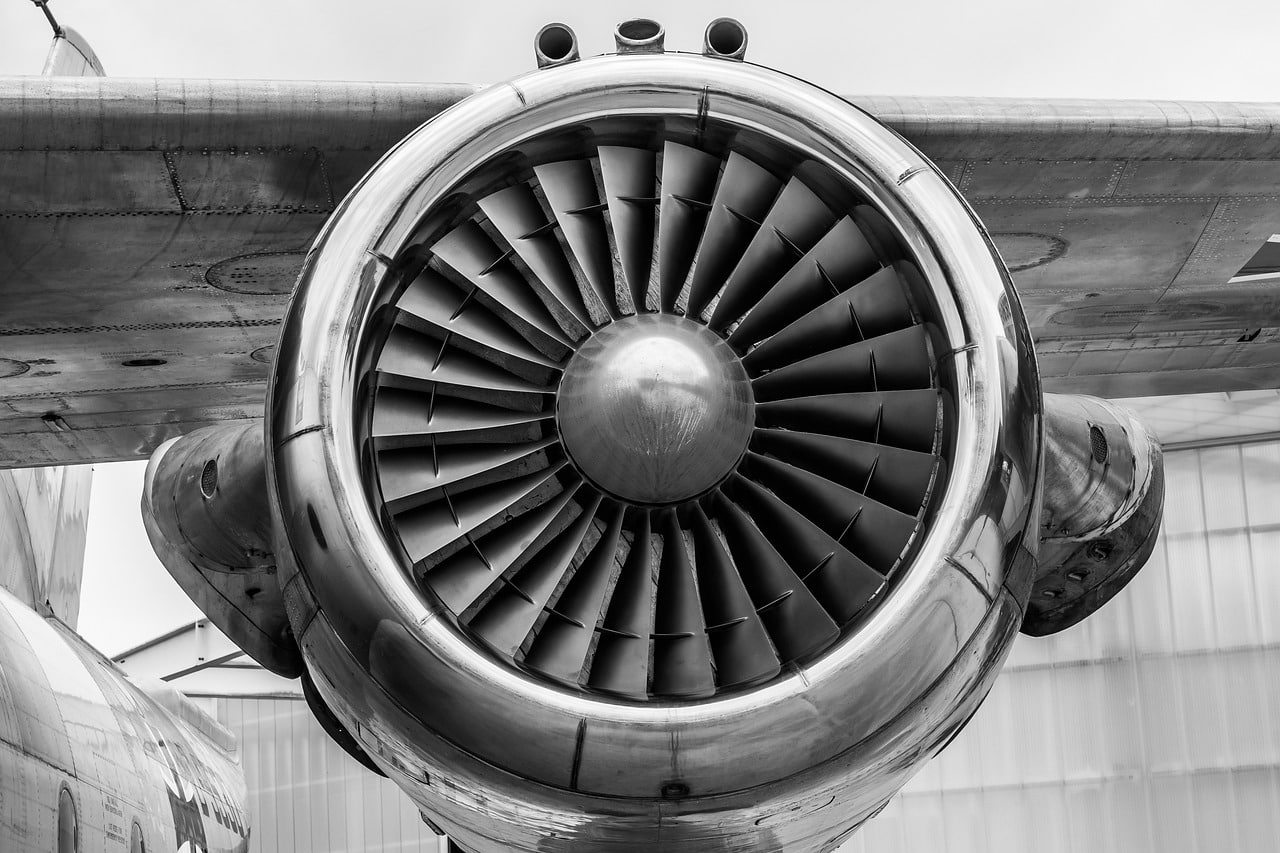Why Don’t Planes Use Reverse Thrust to Push Back?
The first movement of any airplane when it departs the airport is to push back. Yet, airplanes don’t use the engines’ power to do this; instead, tugboats are used. Why wouldn’t airlines save on fuel and travel costs?
What is reverse thrust?
At takeoff and landing, a plane’s engines can use reverse thrust mode. This mode helps to slow down the aircraft by acting against its forward travel. To explain this process on a basic level, air is “sucked” into the engines and then ejected in new openings on the aircraft’s sides that “reverse” the movement. One of the most frightening consequences of reverse thrust deployment on an aircraft is when an airplane takes off from somewhere other than its destination airport. On May 26, 1991, the Lauda Air Flight 004 took off from Bangkok to Vienna for a ten-hour voyage. After five minutes of flight, a yellow light warned that a possible system failure may cause the airplane’s number-one engine to deploy. A few minutes later, however, the number-one engine reverser deployed and sent the aircraft into a steep left dive, killing all 233 passengers and crew on board. Reverse thrust is only used to help an aircraft slow down after landing. But can reverse thrust be used for other purposes, such as reversing an aircraft from a stationary position? And, if so, why does an airline use a tug instead of reverse thrust to push the plane back? Reverse thrust requires an operator, takes time to connect the aircraft, and another item that could break down.Historical examples of self-powered pushbacks:
According to the video below, some aircraft were permitted to perform a ‘power back’ on departure in the 70s and ’80s. In 2006, a carrier such as AirTran, American and Northwest reportedly performed this maneuver as well. This video depicts an aircraft from the McDonnell Douglas MD-80 family with tail-mounted engines. While reverse thrust pushbacks predominantly involved these aircraft, power backs with Boeing 737, 757, and Lockheed L-1011 were not out of bounds for these types of planes either. These carriers include American and Eastern Air Lines.Reasons why you should use reverse thrust at the gate
In theory, reverse thrust at the gate is an effective way to push the airplane back. However, there are many reasons why it’s not a good idea. For example, some aircraft are banned from doing so because of the risks involved. While it may be possible in theory, there are too many things that can go wrong with this practice, like accidents and injury. To prevent this situation from happening, you should avoid activities that will stir up debris near the aircraft. Make sure to clear the area and stay away from ground vehicles and the aircraft and anyone standing near it. The removal of debris can make all of these things safer and more efficient. When you have lots of items for your engine, it can impact how your equipment is organized. This could result in some items being ‘sucked’ into the engine itself. This could be expensive engine parts or even tools if they’re not secured properly. The operation on the power system of an aircraft is another reason why stakeholders have been opposing noise pollution. Not only do they cause an abundance of fuel consumption, but they are also very loud. Outlining this issue comes down to the bottom line for many stakeholders because it can often create additional costs for airlines and airports to cover with noise-pollution regulations. Pilots in aircraft are not able to see behind them, which means they will always need a spotter on the ground. This doesn’t negate the point of doing a movement without any help. Airport workers won’t be using aeronautical equipment to help push aircraft due to safety concerns. Instead, they’ll continue the current process of pushing aircraft back with manpower until more technology becomes available and can allow them to deploy reverse thrust.RECENT POSTS
Pegasus Airlines neemt Smartwings en Czech Airlines over voor 154 miljoen euro
Pegasus Airlines neemt Smartwings en Czech Airlines over voor 154 miljoen euro
The psychology of travel: How to avoid stress and addictive habits in airports
Why Flight Trackers and Casino Players Use the Same Risk Assessment Skills
Online Casino Games for Aviation Enthusiasts and Travelers
META
CATEGORIES
















 Gold-dev
Gold-dev November 19th, 2022
November 19th, 2022 0 Comments
0 Comments


Leave a reply